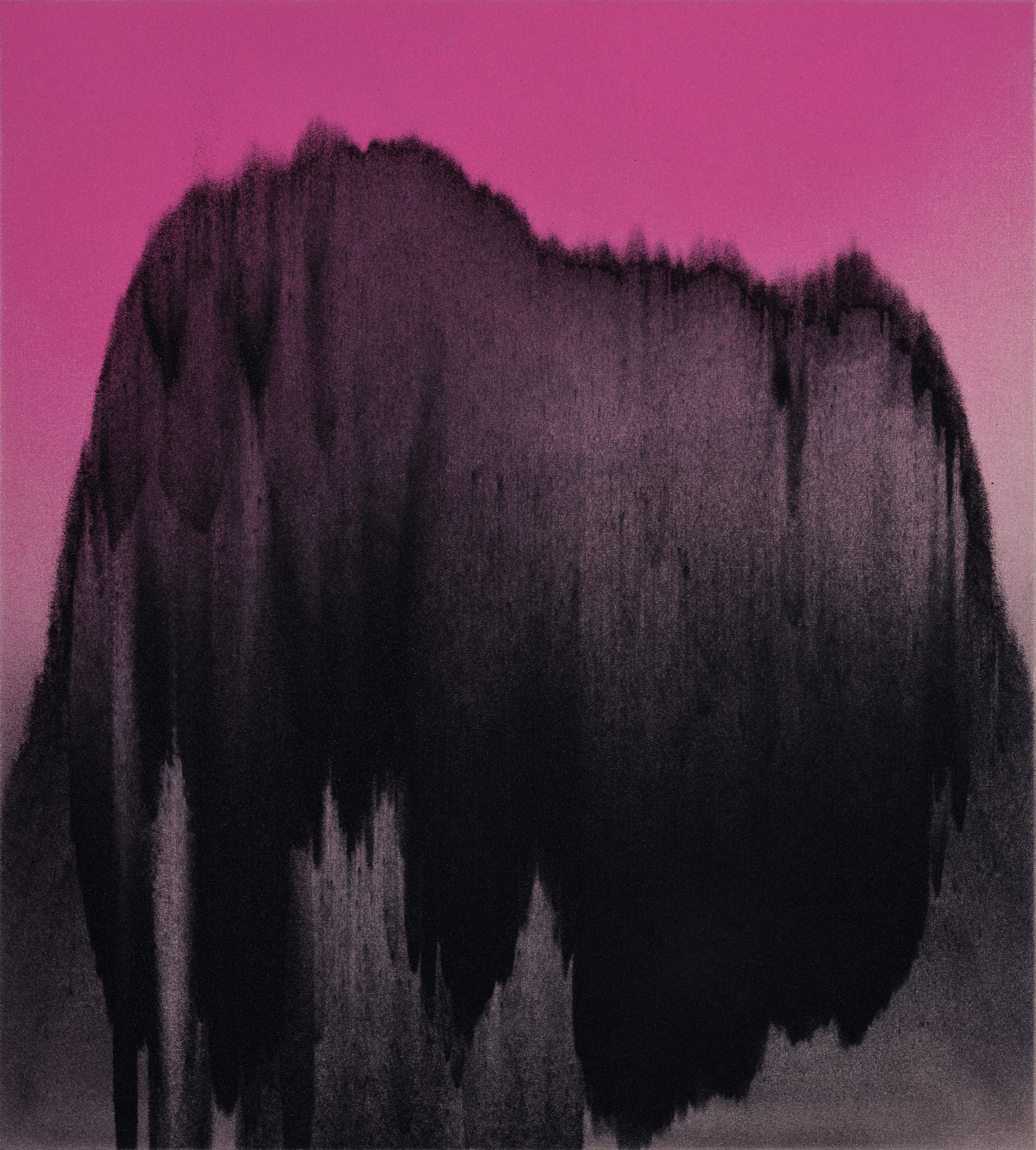
COMA is pleased to present a solo exhibition by Swiss-Australian artist Oliver Wagner (b. 1969), titled Rehearsal, on view from 10 October - 8 November, 2025 at 37 Chapel Street, Marrickville, Sydney, NSW 2204.
Oliver Wagner situates his work in the unstable space between order and disorder, where painting becomes less a static image than a performance of gesture, doubt, and negotiation with matter. This exhibition, Rehearsal, foregrounds the unseen act of painting - labour, speculation, and care - as a form of choreography, a rehearsal without an audience, a performance that leaves only traces. At the heart of Wagner’s work lies an inquiry into how control yields to unpredictability, and how artistic authorship can be reconfigured in relation to volatility, chance, and trust.
Each canvas operates less as a resolved endpoint than as a threshold into multiplicity. What we encounter in the gallery is not the performance itself but its residue, works that are at once material documents and speculative prompts. The viewer is invited to imagine the actions they cannot see: the repetitions of scattering and brushing, the adjustments of the body, the hesitations between erasure and the desire to add.
Wagner’s particular use of house paint dust as a primary medium speaks to his concern with the economies of matter and meaning. Unlike conventional pigment, the dust is a composite of polymer, solvent, and tint, a collapsed archive of painting’s industrial chemistry. Each speck is itself a painting in miniature, a granular unit in itself a monolithic field. Dust, in Wagner’s hands, becomes more than residue, it is entropic. The by-product of destruction is reconstituted into new forms acting as indexes of memory and time and a record of a past.
Charged with a vitality that resists its classification as “waste”, dust is not simply a medium but a message, a loaded signifier of transformation. Wagner distinguishes between two modes of production: the Reconstructed Paintings, where cascades of paint dust are scattered and allowed to settle, and the Removed Paintings, gestural compositions in which the act of erasure is as significant as accumulation. Both approaches extend into a post-conceptual lineage, interrogating the semiotics and histories of painting while foregrounding the process as performance. Rehearsal becomes the operative metaphor. The repetitive gestures, scattering, tipping, cleaning, wiping away, build muscle memory, a choreography of labour in which skill and chance remain in constant negotiation.
Each decision is provisional - to keep or to erase, to trust or to doubt, to fail productively. In this sense, Wagner’s methodology is less about control than about cultivating the conditions under which surprise, divergence, and renewal can emerge. By privileging process over product, Wagner reconsiders what it means to make a painting in an age dominated by speed, saturation, and measurable outcomes. The works unfold slowly and speculatively, offering a deliberate counterpoint to the acceleration of contemporary image culture. They open a space where hesitation, doubt, and failure are not impediments but necessary conditions of creation.
In this body of work painting emerges as an unseen performance, a negotiation between the artist, his materials, and the conditions of their encounter. What the viewer sees are not resolutions but fragments of an ongoing exploration, traces of a practice that privileges attentiveness and trust, sustained through repetition, openness, and the continual state of rehearsal.
